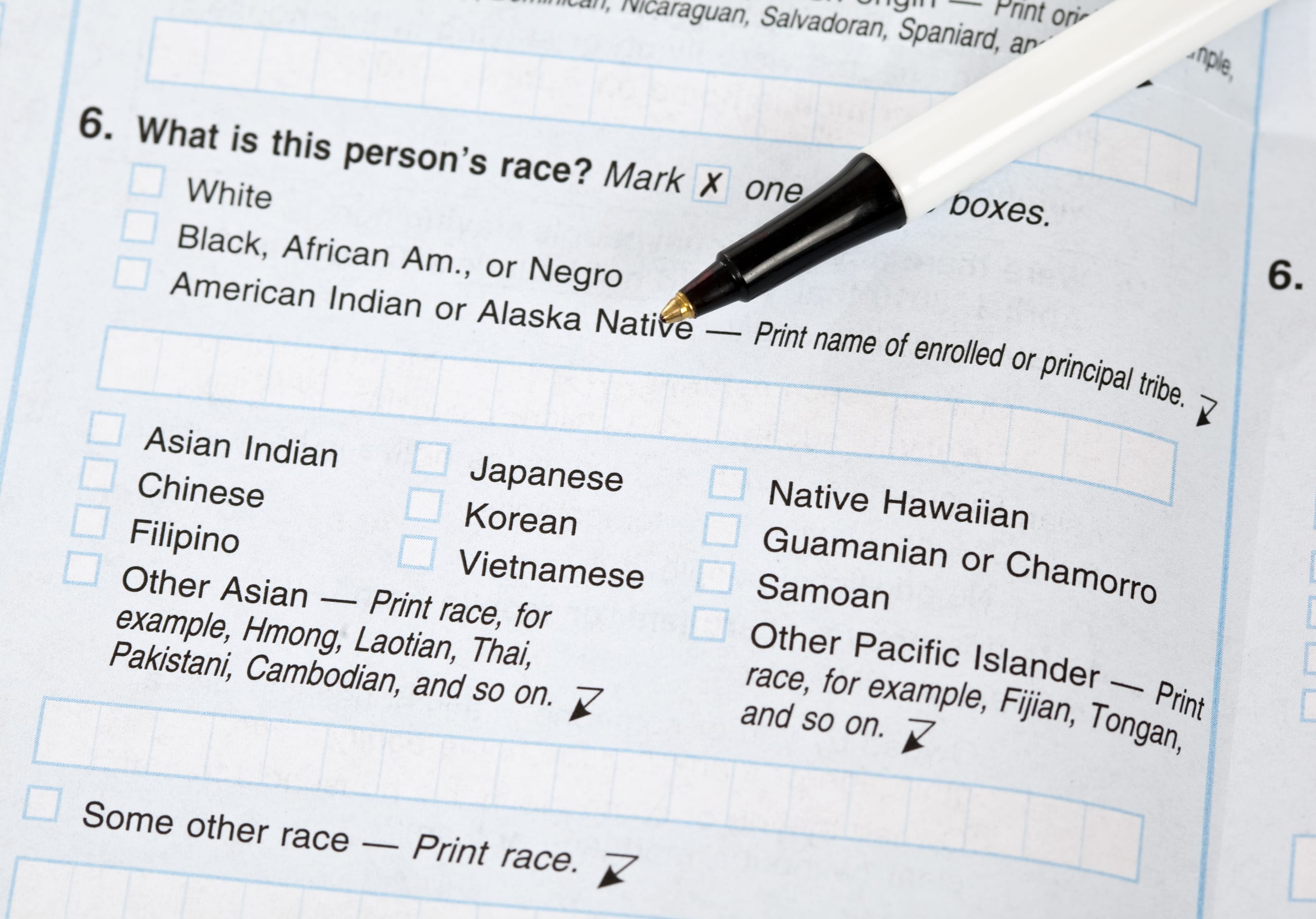Editor’s note: The following article is an op-ed, and the views expressed are the author’s own. Read more opinions on theGrio.
In 2020, about six million Latinos identified themselves as racially Black in addition to ethnically Latino, and for decades, millions have done so on the census. Now the federal government is considering a proposal that threatens to erase these numbers and further aggravate the longstanding problem of undercounting our nation’s citizens with Black ancestry. But we have until April 12 to share our concerns with the Office of Management and Budget (OMB), the federal agency in charge of designing how race and ethnicity questions are presented on the census and other government data forms.
The racial and ethnic classifications that the government devised in 1977 (and revised in 1997) were for the specific purpose of facilitating the application of civil rights laws. By comparing the demographic count of individuals by race to the statistical presence of each racial group in workplaces, housing purchases and rentals, and access to mortgages, racial disparities can be uncovered and then investigated for discriminatory practices. The current format first asks whether someone’s ethnicity is Hispanic-Origin, followed by a second question of what is their race (American Indian or Alaska Native, Asian, Black or African American, Native Hawaiian or Other Pacific Islander, Other). This two-question format recognizes that within Latino ethnicity there are racial differences.
The OMB proposal now being considered will combine both inquiries into a single question of “What is your race or ethnicity?” and collapse Latino/Hispanic ethnic identity into the list of racial categories with Black. This proposed conflation of ethnicity with race risks obscuring the number of Afro-Latinos and the monitoring of socio-economic status differences of Latinos across races that…
Read the full article here



